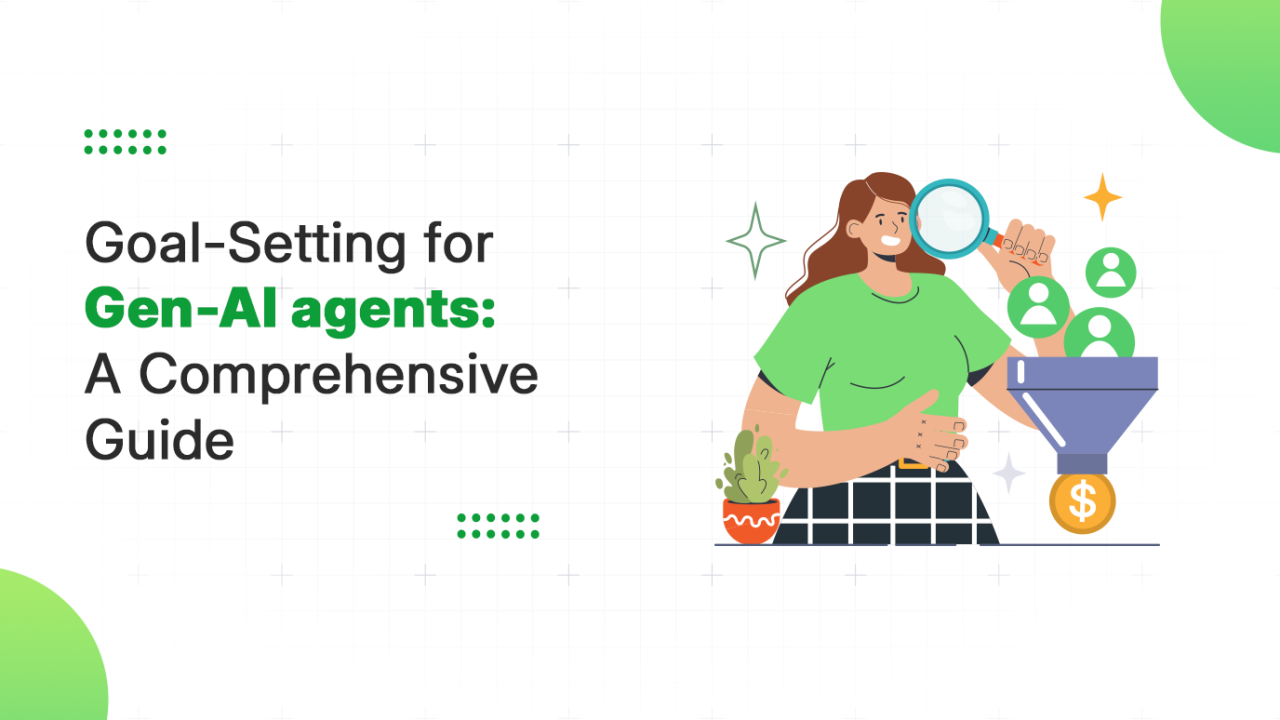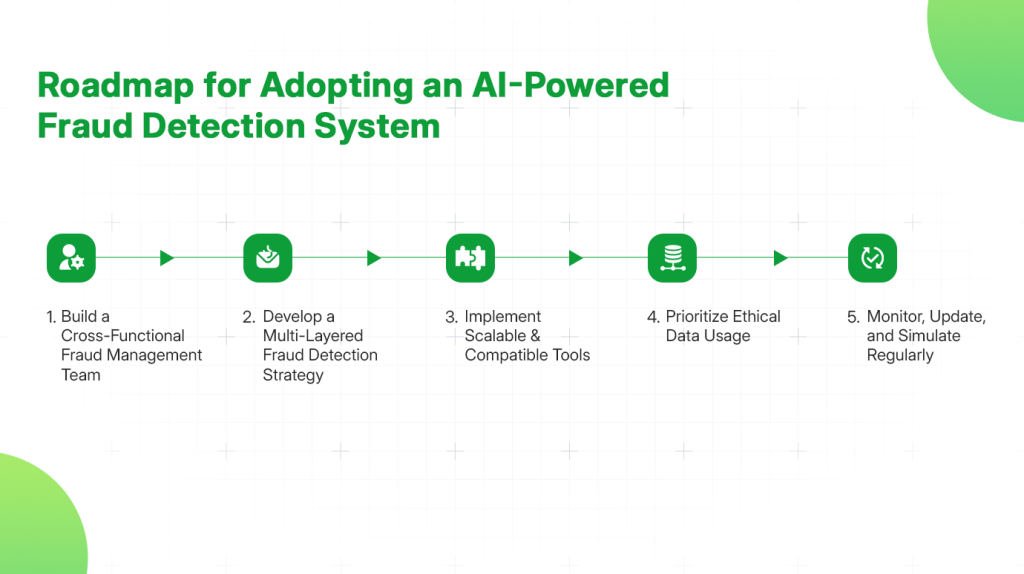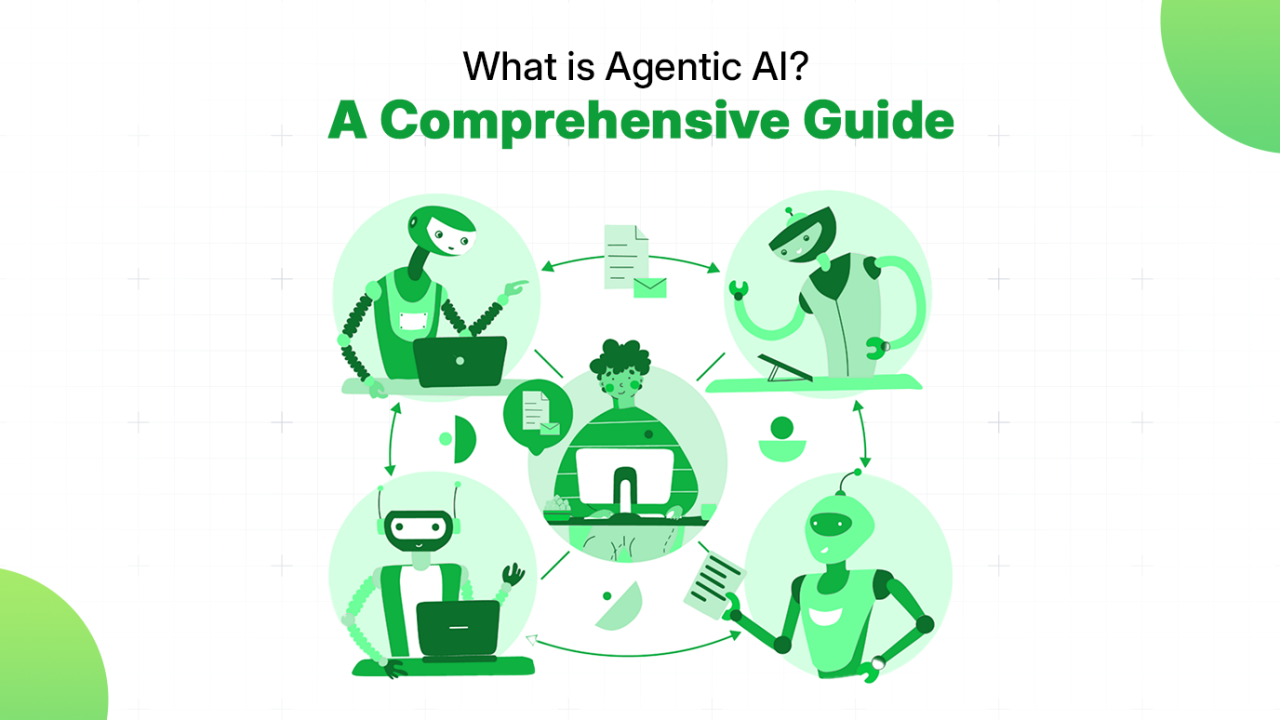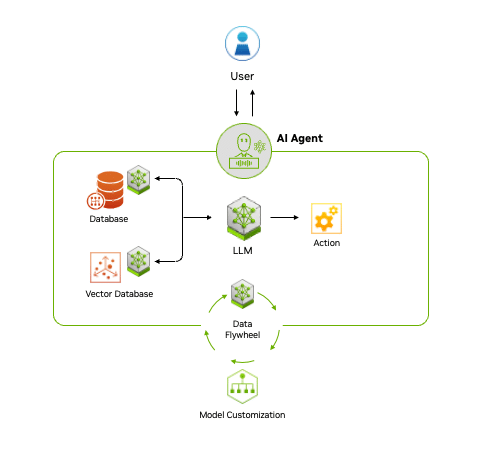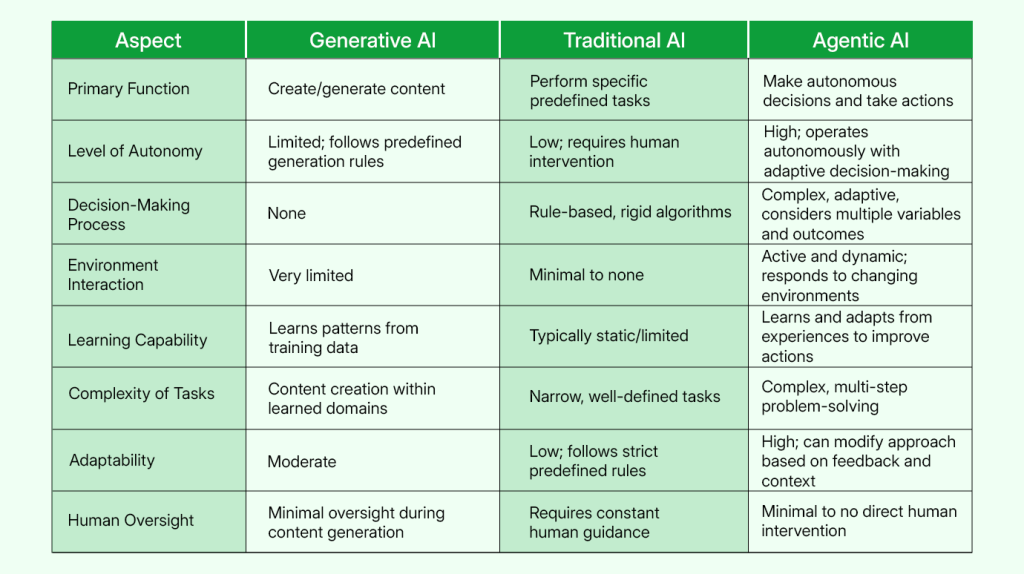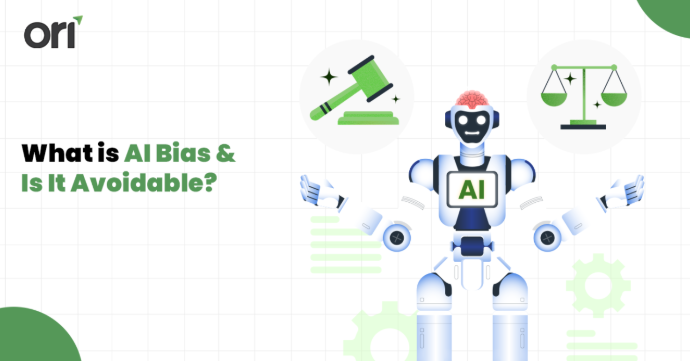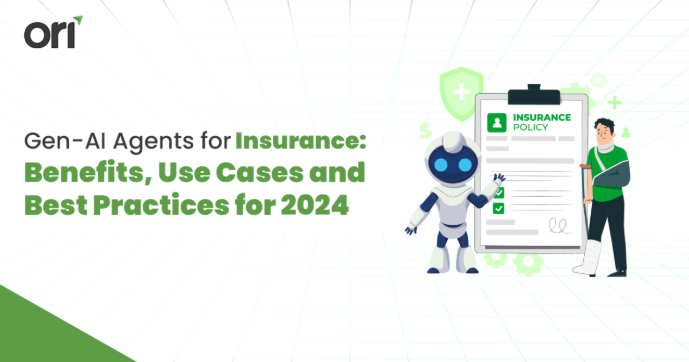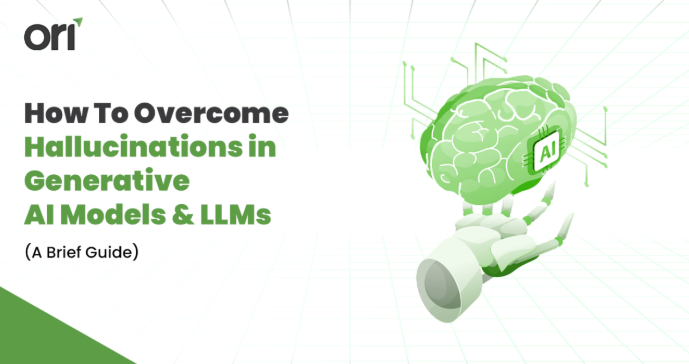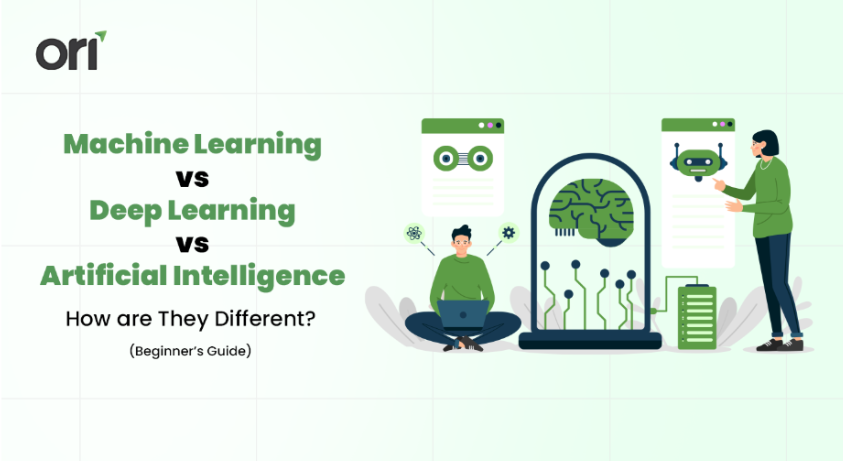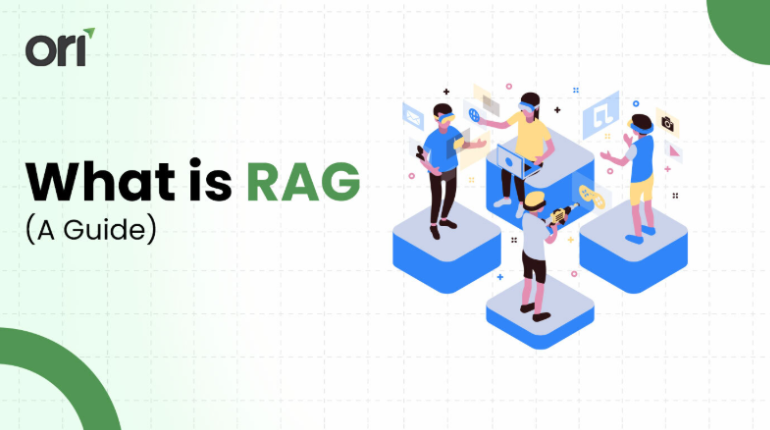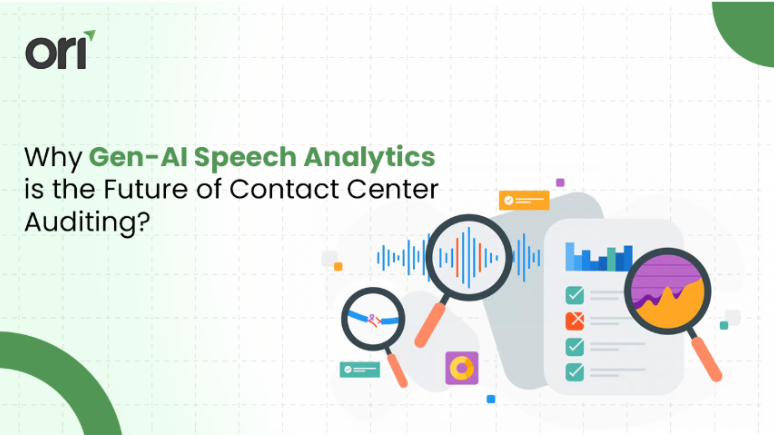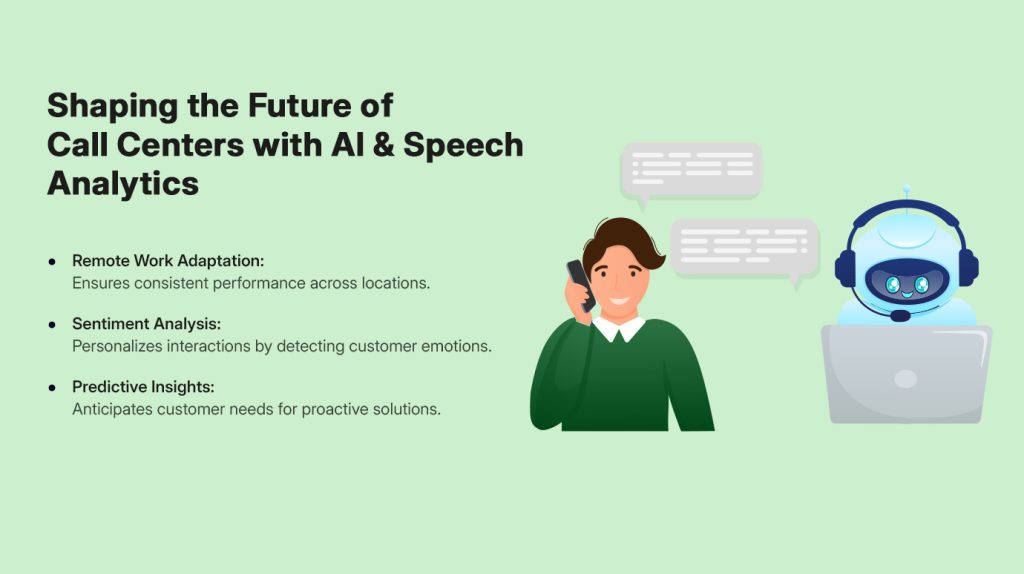The insurance industry has historically been cautious in adopting cutting-edge technologies. However, the rise of automation and Generative AI has dramatically increased customer expectations. Today, customers expect efficient, personalized, and empathetic interactions across every touchpoint.
Insurers are now playing catch-up, realizing the need to utilize AI-driven solutions to streamline processes and enhance customer experiences. In this blog, we will explore the transformative potential of Gen-AI agents in insurance, discussing their benefits, use cases, best practices for adoption, and the road ahead.
What Exactly are Gen-AI Insurance Agents?
Gen-AI insurance agents are virtual assistants powered by advanced Generative and Agentic AI technologies. Designed to meet the unique needs of insurance providers, these agents deliver human-like, multilingual interactions across customer touchpoints. Leveraging Natural Language Processing (NLP), Machine Learning (ML), and Generative AI, they provide precise, empathetic solutions for complex processes such as claims, policy management, and customer support.
Why You Should Think of Shifting to AI Agents for Insurance in 2025
The insurance sector is uniquely positioned to utilize the power of Gen-AI agents to enhance customer experiences and streamline operations. Here’s why Gen-AI agents should be at the forefront of your 2025 strategy:
1. Enhancing Customer Experience (CX):
Traditional methods, such as IVR menus and long queue times, can frustrate customers. AI agents, however, provide instant, intuitive responses, offering a seamless customer experience without lengthy wait times or complex navigation.
2. Automating Routine Processes:
Routine tasks, like information collection and data entry, often consume valuable time and resources. Gen-AI agents can automate these processes by integrating directly with CRMs and databases to autofill forms and handle repetitive queries, freeing up human agents for higher-value tasks.
3. Personalized Policy Recommendations:
By analyzing customer behaviour, preferences, and intent, AI agents deliver personalized policy suggestions. This data-driven approach not only improves customer satisfaction but also drives policy sales and upgrades.
4. Cost Efficiency & Scalability:
AI agents can automate several customer journeys, from inquiries to renewals, reducing manual workloads and cutting down operational overhead. According to industry estimates, adopting AI solutions could save the insurance industry up to $400 billion by 2030.
8 Practical Use Cases of AI Agents for Insurance
AI agents are transforming the insurance industry by streamlining processes and delivering enhanced customer experiences. Here are the top 8 use cases of Gen-AI Agents in Insurance:
#1 Policy & Process-Related FAQs Resolution:
Navigating through the insurance journey can be overwhelming for customers, especially when dealing with policies or claims. AI agents simplify this process by instantly resolving FAQs with accurate, context-aware responses. Whether it’s explaining policy terms or outlining claim filing steps, these agents leverage multi-language support and knowledge base integrations to guide customers effectively.
#2 AI-Powered Policy Advisor:
AI agents can act as personal advisors by analyzing customer needs and preferences to suggest tailored policy options. They help customers compare plans, assess risks, and calculate premiums, ensuring informed decision-making. For example, an agent might recommend a comprehensive health insurance plan for a growing family while highlighting potential savings.
#3 Timely Reminders & Follow-Ups:
Missing premium payments or policy renewal deadlines can be costly. AI agents proactively send reminders, such as, “Your health insurance is up for renewal next week. Would you like to renew it now?” They also follow up on incomplete applications or pending documents, ensuring customers stay on track without manual intervention.
#4 Policy Purchase & Renewals:
The complexity of purchasing or renewing a policy is eliminated with AI agents. They guide customers step-by-step, from selecting a policy to verifying documents and processing payments. This automation not only simplifies transactions but also reduces errors, creating a hassle-free experience.
#5 Scheduling Meetings:
AI agents make it easy for customers to schedule appointments, whether for vehicle inspections, health checkups, or consultations with insurance reps. By internal calendar integration and addressing customer preferences, these agents streamline the scheduling process, saving time for both customers and agents.
#6 Smart Upselling & Cross-Selling:
AI agents use customer data insights to recommend additional coverage or upgrades. For instance, after a customer renews their health policy, an AI agent might suggest a top-up plan or add-ons like critical illness coverage. These personalized, context-driven suggestions not only enhance the customer experience but also drive revenue growth.
#7 Systematic Claim Processing:
The claims process is traditionally tedious and time-consuming, but AI agents change that. They guide customers through each step, from collecting necessary documents to providing status updates in real-time. For example, an AI agent can request, “Please upload a photo of the damaged vehicle,” and then confirm receipt while notifying the claims team instantly.
#8 Post-Purchase Feedback:
Understanding customer sentiment is crucial for improving services. AI agents automate feedback collection, asking questions like, “How was your experience with our claims process?” Then using Ori’s advanced speech analytics, they can evaluate responses to provide actionable insights for enhancing customer satisfaction and refining agent interactions.
By adopting these use cases, insurers can elevate customer service, improve operational efficiency, and remain competitive in an increasingly demanding market.
Best Practices for Effective Adoption & Use of Gen-AI Agents in Insurance
To ensure successful adoption and optimal performance of Gen-AI agents, it’s crucial to follow best practices that enhance both customer satisfaction and operational efficiency. Here are five key strategies you can incorporate:
1. Select the Right AI Agent Type:
The first step in implementing an AI agent is choosing the right type for your business needs. If your focus is on handling complex, personalized interactions, a generative AI model is ideal. This type of agent can manage a wide variety of queries with natural, human-like responses.
On the other hand, if you only need to address simple FAQs or repetitive tasks, a rule-based model can do the work for you. A hybrid approach, combining both models, is often the most effective, allowing you to provide flexible and accurate service. Evaluate your customer expectations and interactions to decide which model or combination will work best.
2. Integrate with a Robust Knowledge Base:
AI agents depend on data to deliver accurate responses. Integrating your AI agent with a detailed knowledge base allows it to access relevant information, such as policy details, claims processes, and regulations. This integration ensures that the AI can offer precise answers to customer inquiries, improving the user experience.
For insurance companies, this means connecting your AI to a comprehensive repository of your offerings, legal requirements, and FAQs. Regularly updating the knowledge base is essential to keep the AI aligned with changing policies, regulations, and customer needs.
3. Support AI with Human Assistance:
While Gen-AI agents are powerful, they aren’t a one-size-fits-all solution. There will be cases where customers need human assistance for more complex or sensitive issues. It’s vital to integrate seamless handoffs from the AI agent to a human representative, ensuring customers are not left without support.
Providing an escalation process not only enhances the user experience but also helps maintain trust in the system. A smooth transition from AI to human support ensures that customers feel heard and valued, which boosts loyalty and satisfaction.
4. Prioritize Data Security & Privacy:
Insurance companies deal with sensitive personal and financial data, so ensuring data security is a top priority when deploying Gen-AI agents. Make sure your Gen-AI agent adheres to strict data encryption, privacy, and access control standards. Compliance with regulations such as GDPR and HIPAA is crucial to protect both your business and your customers.
Regular system updates are essential to safeguard against vulnerabilities. Transparency about how data is used and stored builds trust with customers and assures them that their information is safe and secure.
5. Establish Continuous Improvement and Feedback Loops:
To maximize the effectiveness of Gen-AI agents, it’s important to continuously monitor and improve their performance. Track key metrics such as resolution rates, customer satisfaction, and escalation frequency. Gathering feedback from customers after interactions can provide valuable insights into areas for improvement.
Conducting regular quality assurance testing ensures the AI operates smoothly across platforms. By refining the AI’s capabilities based on performance data and customer feedback, you ensure that it remains effective, relevant, and increasingly valuable over time.
Following these best practices, insurance companies can gain the full potential of Gen-AI agents, offering seamless, secure, and personalized customer experiences while driving operational efficiency.
What the Future Looks Like for Gen-AI Agents in Insurance
The future of Gen-AI agents is incredibly promising. As AI technology evolves, agents will become even more advanced, offering insurers the ability to personalize policies and simplify processes with a conversational interface.
Regional languages and dialects will become increasingly important, allowing insurers to connect with a wider audience, including customers in underserved or remote areas. As voice-enabled AI technology grows in popularity, insurers will be able to provide faster, more intuitive support via voice search, further enhancing the customer experience.
We also anticipate that Gen-AI agents will integrate predictive support features, and cross-selling capabilities, pushing the boundaries of what’s possible in customer service and engagement.
As Gen-AI Voice Automation becomes a key driver in this shift, the impact of AI agents will redefine industry standards. Their scalability, inclusivity, and ability to bridge the gap between convenience and accuracy make them essential for the insurance industry.
Wrapping Up:
The potential of Gen-AI agents in insurance is immense. From streamlining operations to delivering empathetic, real-time support, they redefine the customer journey.
At Ori, we specialize in scalable, multilingual, and human-like Gen-AI solutions tailored specifically to your business needs. With seamless integration into existing systems, advanced speech analytics, and empathetic AI-driven interactions, our technology is designed to empower insurers, your agents, and your customers alike.
Schedule a demo with our experts today to learn how our Gen-AI solutions can help streamline your insurance processes while driving operational efficiency and better CX.
